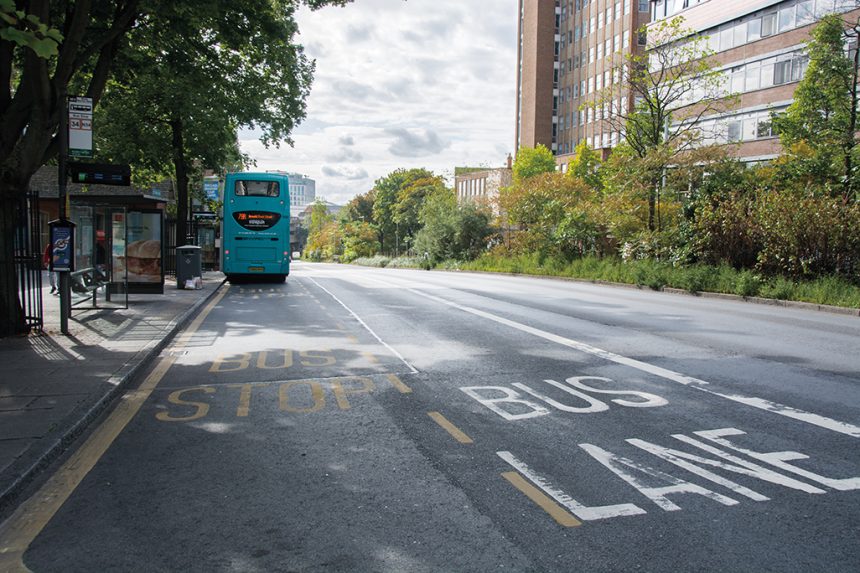Readers of routeone will barely need reminding of the importance of bus lanes and other bus priority measures for the industry, yet the image that these have with the public is clearly important.
Such schemes can speed up bus journey times, cut costs for operators and make the travel mode more attractive versus the private car.
A report by the Green Alliance from 2024 estimated that a 10% decrease in bus speeds increases bus operating costs by £400 million annually.
Operational savings made via the introduction of bus gate priority measures in Aberdeen were even enough for First Aberdeen and Stagecoach North Scotland to run schemes to provide free travel. They jointly estimated that the bus gates had reduced bus times by up to 25%.
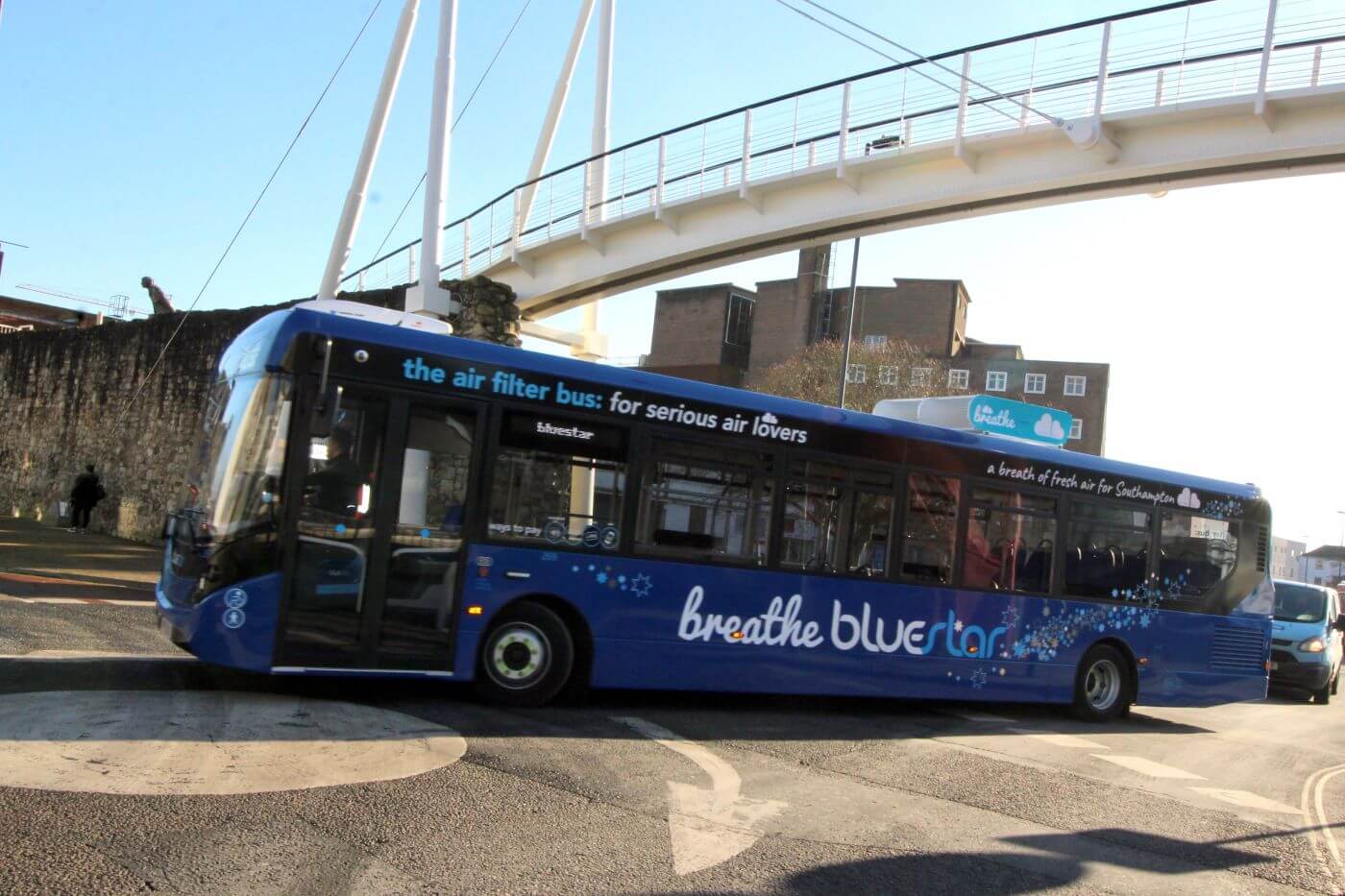
The London Bus Initiative, responding to a freedom of information request in 2000, “confidently expected a 20% reduction in average bus journey times” from bus priority measures.
Meanwhile, the government’s Bus Back Better report in 2021 notes that 2.5km of bus lanes in Solihull resulted in an 11% patronage increase.
Bus lanes have an image problem
Yet the rising volume of complaints about congestion from bus operators suggests we are not creating enough bus lanes and similar priority infrastructure; one reason for this is the image they hold with the public.
If the electorate is not onside with bus lanes and similar, councils are less likely to install them. The situation was not helped when, in October 2023, the Conservative government, in a bid to appease motorists who feel beleaguered, issued new guidance to councils which sought to reduce their times of operation.
Despite a 2023 survey conducted on behalf of Campaign for Better Transport (CBT) showing that 68% of people think that buses should have priority over cars, bus priority schemes have a bad reputation among a significant number of the population. Some view them as causing rather than relieving congestion, a money-making scheme for local authorities or an attack on the motorist.
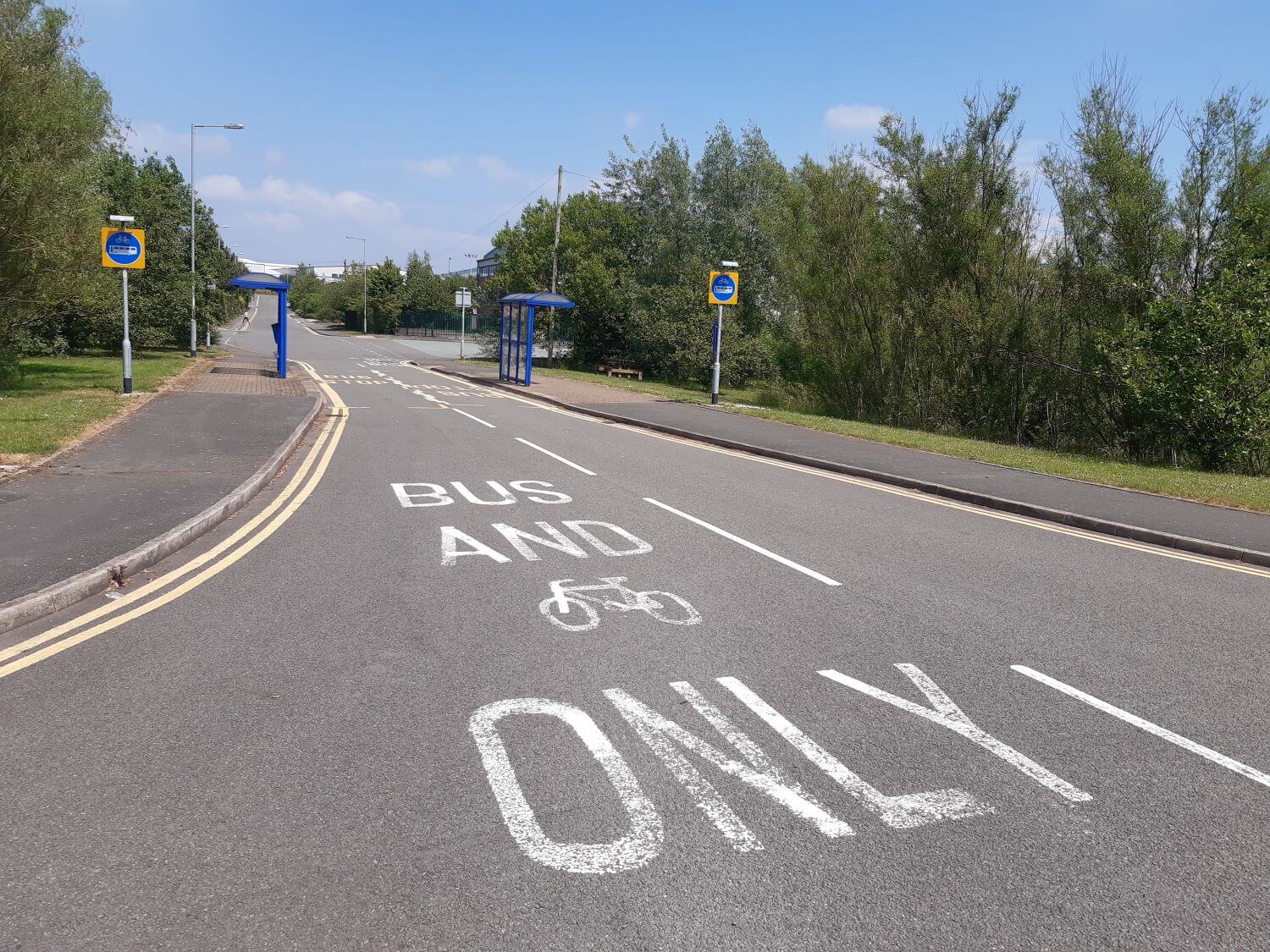
The results of a survey published by the RAC in January indicated issues which the industry may need to address to combat this negativity. The motoring body claimed drivers find bus lanes “confusing”.
More than one third (36%) of those questioned said they had driven into one accidentally and, of these, 42% said they were caught on camera and fined. The survey indicated that 56% believed signage was inadequate and 23% said the signs were not easy to read. RAC called for updated guidance on signage and urged local councils to issue warnings rather than fines to drivers for first offences.
Southampton City Council is currently facing protests regarding a bus gate trial in the Portswood area. An online petition to stop the trial immediately has attracted more than 1,600 signatures, Cabinet Member for the Environment and Transport Eamonn Keogh has faced a call to resign, and some residents protested on the streets with placards.
If the electorate is not onside with bus lanes and similar, councils are less likely to install them
Richard Tyldsley, General Manager of Bluestar, which operates services along the section in question, applauds the council for being “brave” and sticking to its guns, which he believes is the way forward.
He says: “Quite a lot of the population aren’t bus users and they’re car users, who always seem to have a stronger voice.
“So it needs a brave council which has the backbone to say, ‘This is the right thing to do; we need to put buses and public transport above the private car.’”
When it comes to complaints that priority schemes are a “cash cow”, Eamonn, the under-fire councillor, adds his belief it is important to show where income from the fines goes.
He says: “I’ve been very keen to say the residents, ‘Look, this is what your money’s been spent on. It is being spent on a better network. It is being spent on supporting our most vulnerable children getting to school, and it is being spent on encouraging concessionary bus fares.’”
Also recognised is the need to combat the negative comments with the positive and put out better messaging around the benefits of bus priority.
Richard says: “We’re doing our best to try and get our bus users who use any of the buses that go through there to try and get them to comment positively on the scheme. They need to be posting positively, saying, ‘This has really improved my life and will continue to do so, keep it.’”
Portsmouth success
Just along the coast from there, Portsmouth has seen much success in improving bus services of late, partly due to strong bus priority measures.
Paul Walker, Head of Passenger Transport at Portsmouth City Council, notes a positive measure the council undertook when he arrived there in January 2023.
“We sat in the depots of the operators with the drivers and asked them where they were having problems in terms of cars getting in the way, causing them delays,” he says.
“They highlighted some of the bus lanes where the cars were drifting into bus lanes because it wasn’t necessarily clear to the driver that it was a bus lane, for example.”
The council undertook a trial to paint some of the bus lanes red and saw remarkable results. In one case, there was a 92% reduction in the number of penalty charge notices issued. This not only meant a reduction in congestion for the buses but also reduced negative feelings from the public.
Co-operation with the operators is always vital, he says.
It’s important to make sure that you’re doing it where you’ve got delays on the network that are affecting bus services, but also that the bus services are frequent enough to justify the use
“We took about seven million bits of data from ticket machines from bus operators and highlighted where network delays were occurring and then cross-referenced that with the qualitative piece of work from talking to the drivers, and then we had an understanding of where problems on the network were happening.”
He contrasts that to his experience in a former role with a bus operator where he says a local council merely wanted to install a certain mileage of bus lanes wherever there was capacity rather than where there were delays.
“It’s important to make sure that you’re doing it where you’ve got delays on the network that are affecting bus services, but also that the bus services are frequent enough to justify the use,” he argues.
Ed Cameron, Director of Cambridgeshire operator Whippet, which has repeatedly noted the problem of congestion, feels the issue is linked to the overall view of public transport, not helped by “war on motorists” political strategies.
“It pins back to this perception that public transport is not something people should use unless they have no other option,” he says.
“People will resist bus infrastructure if they don’t think it’s something that they will use and they’re being told that they should have the right to drive and free parking, etc.”
Part-time bus lanes could hinder public image
The RAC survey claims that 28% say they never drive in bus lanes – regardless of whether they are only in operation at certain times.
Silviya Barrett, CBT Director of Policy and Campaigns, feels this is an argument against the previous government’s push for part-time priority. “In our view, that would confuse drivers,” she says.
“Secondly, if it’s out of congested times, surely it doesn’t impact drivers that they can’t drive in the bus lanes.” She supports the RAC’s call for warnings rather than fines for first offences as a means of trying to keep the public onside.
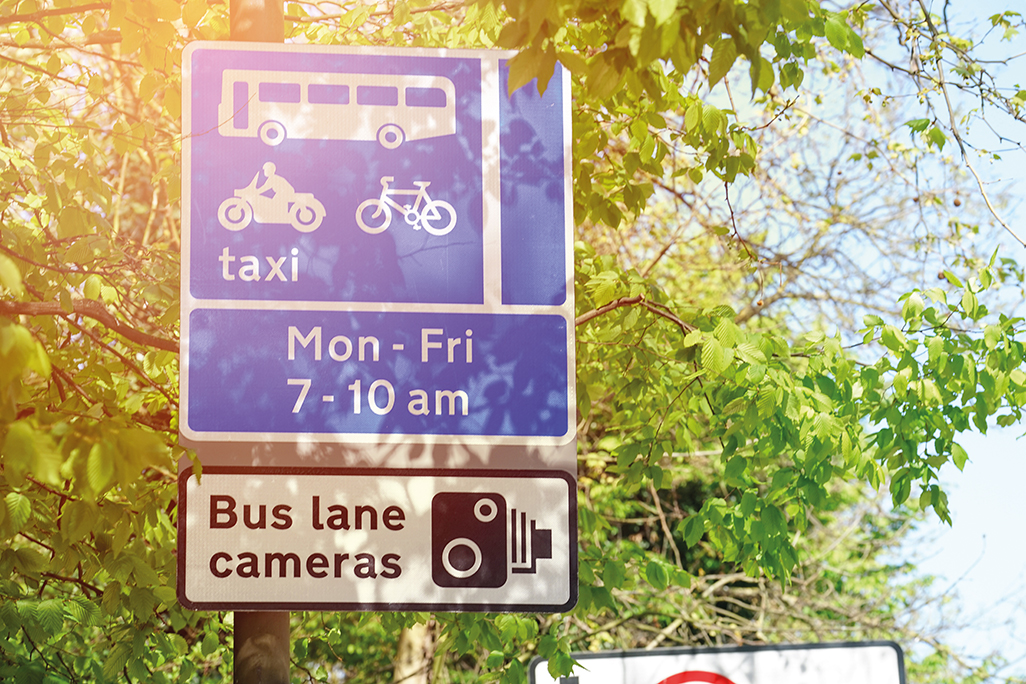
The Confederation of Passenger Transport also advocates clearer signage but is less in line with the other RAC recommendation when it comes to fines.
Alison Edwards, Director of Policy and External Relations, says: “Bus lanes are vital in keeping Britain moving. It is important that they are clearly marked so that bus users and motorists alike are able to see the rules at a glance. When road signs are confusing, it is right that motorists should be able to appeal against fines.
“However, cars clogging up bus lanes are a big impediment to the 11 million people who travel on buses every day. The impact of traffic congestion has slowed down buses in almost every region of the UK over the last decade. We do not see a case for fines being waived other than in circumstances where signage falls short of the required standard.”
Clear messaging needed
Silviya suggests the industry could do more to push the case for bus priority schemes by showing data supporting reduction in congestion times for drivers. When sitting on the bus board at her local council, she is sometimes frustrated by the views on bus priority.
She says: “Even the public transport officer asks, ‘Where is the evidence that it works?’ It just shows that, either we’re not communicating the evidence well enough, or maybe people don’t seek it sufficiently.”
On that note, Dr Phil Evans, a travel and transport consultant, tends to agree with a lack of communication.
He adds: “It’s about having that debate, and that conversation really early on. And I don’t think the local authorities always tend to do that. And so, when something gets proposed and done, the negative comments against it are always too hard to counteract.”
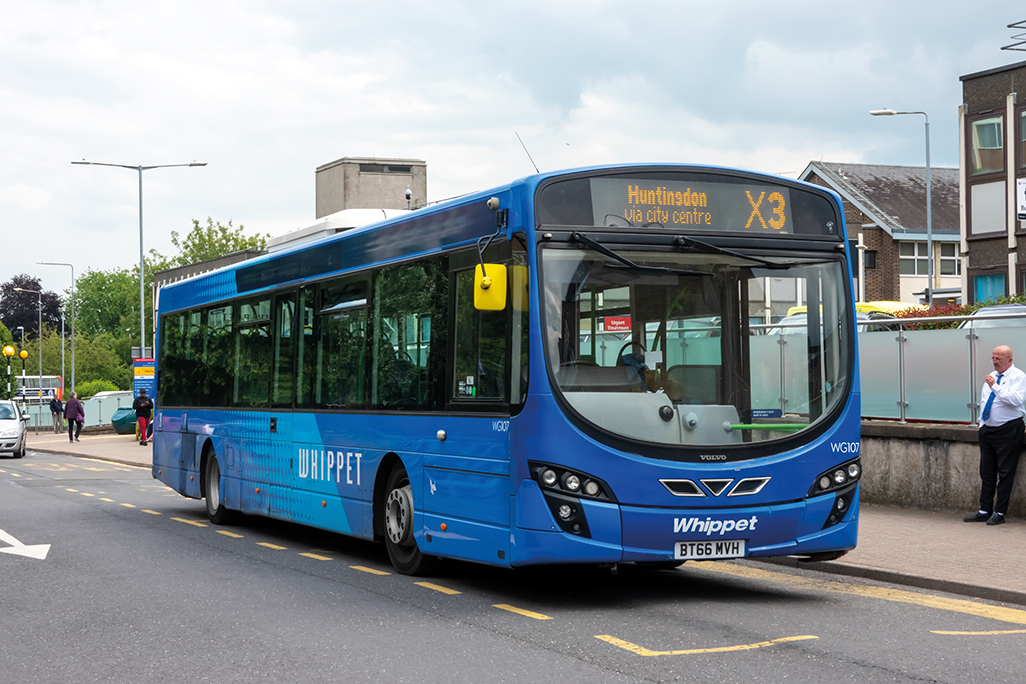
Of course, many councils would say they are doing a good job when it comes to clear messaging. Paul points out that Southampton City Council has a communications officer dedicated to promoting what has been done via the local Bus Service Improvement Plan.
In conclusion, though, Ed is probably correct when he says there is no “silver bullet” when it comes to winning over the public on bus priority schemes.
“You can’t look at it in isolation,” he says. “It’s a case of we’ve got to do more as operators and local authorities and as an industry to improve the image of bus travel and make it more relevant.”





















